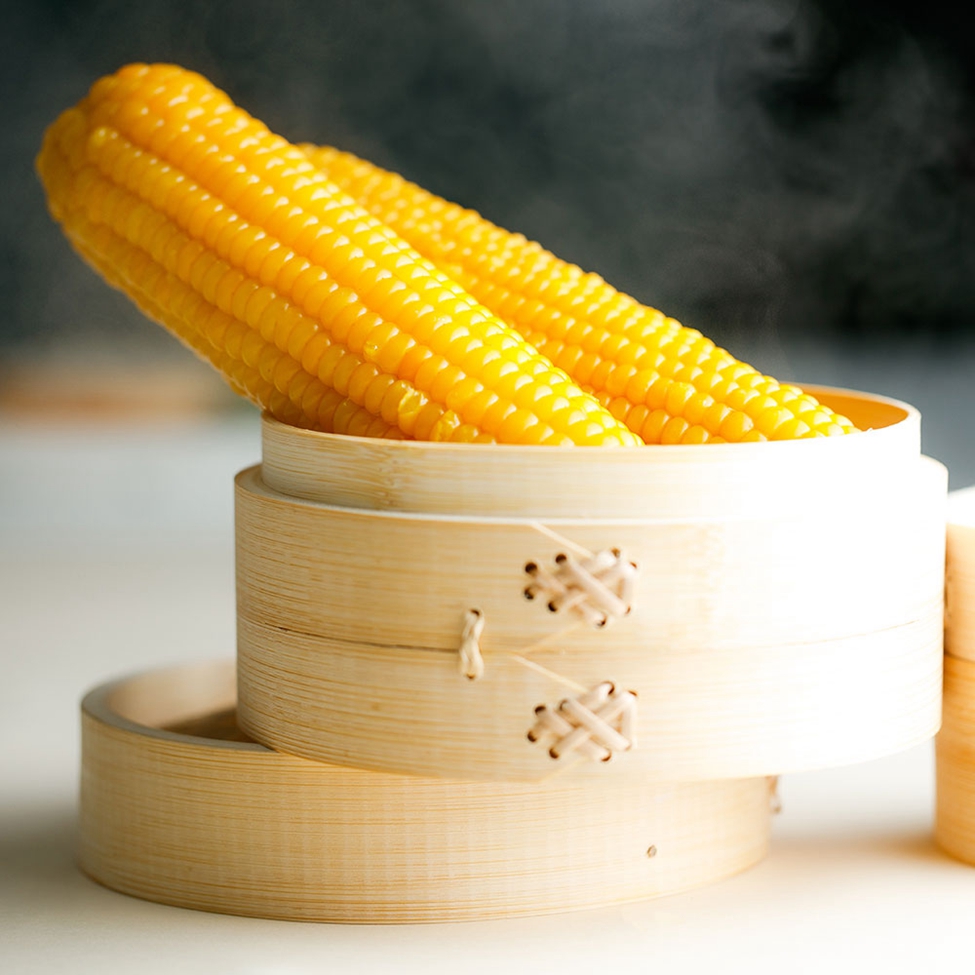For example, cells are collected, plasma is separated, DNA and protein molecules are separated from these pre-purified preparations, and viruses and large-scale Escherichia coli, strict cell components, nuclear protein microparticles, and the like are isolated.
For low-speed centrifuges, due to the strict regulation of the pharmaceutical industry, it basically adopts a flat-plate type. In order to reduce possible pollution or damage or improve hygiene, stainless steel materials or stainless steel materials are used in contact with materials, and the whole machine has no sanitary corners. Clean and easy to use.
This type of centrifuge has been widely distributed throughout the pharmaceutical industry, plus a small centrifuge of about 3,000 rpm for blood separation, which constitutes the entire low-speed industrial centrifuge system, and also penetrates into other industries associated with biomedicine. This type of centrifuge must be in compliance with national GMP regulations.
The high-speed centrifuge is a DC brushless motor, maintenance-free; microcomputer control, pre-selectable speed, time, centrifugal force, liquid crystal display, easy to operate; 10 kinds of lifting rate to choose from, can be quickly started, fast shutdown; stainless steel container room, electronics Door lock, early warning and alarm function, multiple protection, safe and reliable.
The technology of this kind of centrifuge is relatively simple. Generally, the multi-use zone centrifuge is used. The zone centrifuge separates and collects cells, viruses and DNA molecules according to the density and gradient of the sample solution. The sample loading and sampling are continuous. In addition to being widely used in production processes, it is now widely used in laboratory equipment.
With the development of centrifuges, the technology related to centrifuges has been improved. However, the pharmaceutical industry cannot be safer than the status quo and must continue to develop. With the support of national policies, centrifuge companies must continuously strive to promote the wider application of centrifuges in the pharmaceutical industry.
Double Packed Yellow Waxy Corn Cob
The most common waxy and sweet corn market, waxy corn nutrient content is higher than ordinary corn, contains 70-75% starch (and almost all amylose), more than 10% protein, 4-5% fat and 2% multivitamin, has more grain, VA, VB1, VB2 than rice protein, fat and VB2 highest content. Yellow corn also contains carotenoids like rice and wheat. The molecular weight of glutinous corn starch is more than 10 times smaller than that of ordinary corn. The starch makes glutinous rice sticky and soft, which is softer than that of ordinary hard corn. It has more than 20 percent more digestibility than regular corn and is suitable for people with irregular teeth. At the same time, the amylose (a polysaccharide) content is very high, not suitable for diabetics.
Waxy corn is also called sticky corn. The grain has a coarse, waxy endosperm that resembles a glossy, transparent grain, such as a hard, dented corn. Its chemical and physical properties are controlled by a recessive gene located on chromosome 9. 100% of the starch in the endosperm is amylose.



Glutinous Corn,Yellow Corn Cob,Corn On The Cob,Double Packed Yellow Waxy Corn Cob
Jilin Province Argricultural Sister-in-law Food Co., Ltd. , https://www.nongsaocorn.com
